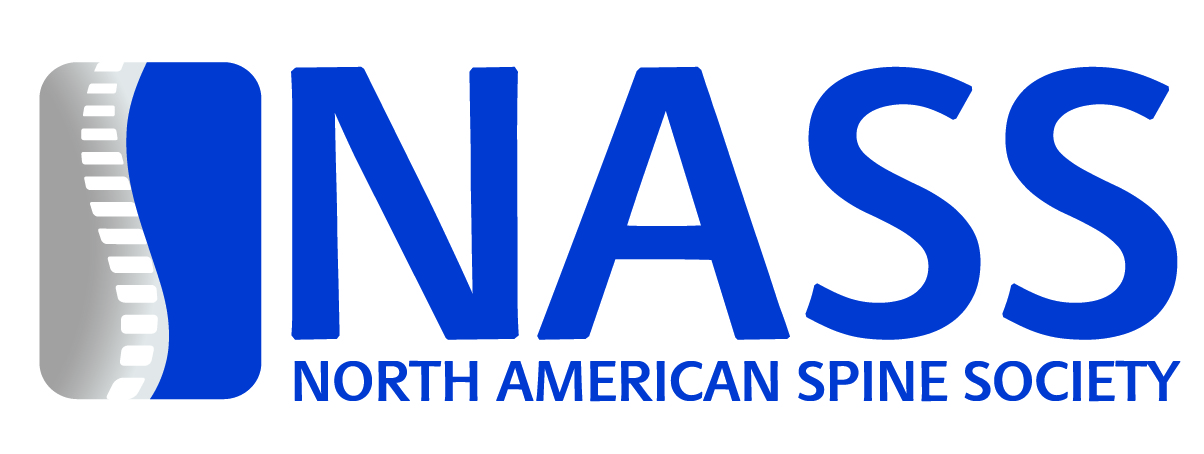Your vertebrae are very strong, but they can fracture just like any other bone in your body. When fractures cause your bones to fragment, they can injure your spinal cord and nerves. Learn more about retropulsed fragments and their potential impact on your health.
Spine Institute of North America offers pain management treatments and minimally invasive surgical interventions to address retropulsed fragments and the symptoms they cause. We provide treatment at our campuses in New Jersey, where you can see one of our specialists in East Brunswick or East Windsor.
Definition of a Retropulsed Fragment
The term “retropulsed fragment” is used across various fields to describe a piece of material that is displaced backward from a larger object. In the context of the spine, a retropulsed fragment refers to a piece of the vertebra or intervertebral disc material that has been displaced from the vertebral body backward into the spinal canal. This displaced fragment can potentially cause a spinal cord injury by compressing the spinal cord or nerve roots.
Causes of Retropulsed Fragments
There are various causes of retropulsed fragments, including:
Spinal Trauma
Retropulsed fractures can affect anyone, as trauma can cause a small piece of your vertebra to break away. Forceful impacts due to motor vehicle accidents, falls and sports-related injuries can cause a retropulsed fragment.
Degenerative Spine Conditions
Osteoporosis can cause small cracks or breaks in your vertebrae called compression fractures. In severe cases, these fractures can happen during normal daily activities like sneezing, twisting or coughing. While compression fractures typically occur in the middle section of your spine (thoracic spine), they can also occur in other areas.
Other degenerative spine conditions such as herniated discs and spinal stenosis can also lead to retropulsed fragments.
Cancerous Tumors
Tumors that spread to the spine can weaken your vertebrae and potentially result in compression fractures. This weakening can cause the bone to break backward into the spinal canal.
Infections
Infections affecting the vertebrae can weaken the spine and potentially cause bone fractures to retropulse into the spinal canal.
Retropulsed Fragment Symptoms
Retropulsed fragments can cause a variety of symptoms depending on their location and whether they are compressing the spinal cord or nerve roots. Symptoms can range from mild to severe and may include:
- Back pain that might worsen when you move
- Numbness and tingling
- Sensitivity at the fracture site
- Spams and muscle weakness
- Limited flexibility or mobility — for example, you might experience difficulty bending, walking or standing
Fractures can also affect your height as they may cause bones to collapse, resulting in a loss of stature.
Diagnosis of Retropulsed Fragments
To diagnose retropulsed fragments, a spine surgeon will conduct a thorough physical exam. They may:
- Examine your posture and your spine’s alignment.
- Check for signs of nerve damage, such as tingling, muscle weakness and numbness.
- Try to identify the source of pain by pressing on different areas on your back.
Your doctor will also order various imaging tests which can help them determine the location and size of the fragment. These tests may include X-rays, MRI tests and CT scans.
If your provider suspects osteoporosis, they may recommend a bone density test. With an accurate diagnosis, your doctor can effectively treat a repulsed fragment and its underlying condition.
Treatment Options for Retropulsed Fragments
A spine specialist will determine the cause of a fracture to recommend appropriate treatment. Various options are available to treat pain, including:
- Pain medication: Over-the-counter pain medication as well as prescription medication can offer relief from back pain.
- Physical therapy: By strengthening the muscles around your spine through physical therapy exercises, those muscles can provide essential support to the vertebrae.
- Wearing a back brace: A back brace can support your vertebrae and help relieve pain.
While spine specialists will always try to treat your condition without surgery, sometimes surgical intervention is necessary. To stabilize the spine after a cerebral compression fracture, doctors rely on minimally invasive surgery procedures such as kyphoplasty and vertebroplasty. During a vertebroplasty procedure, the physician will insert bone cement directly into the damaged bone. Kyphoplasty also relies on bone cement to stabilize the spine, but this procedure involves inflating a balloon to create space before the cement is inserted.
If you have retropulsed fracture due to a herniated disc in your lumbar spine, your doctor may suggest lumbar spine fracture treatment.
Recovery and Rehabilitation
Treatment recovery time will vary depending on your procedure. Your doctor will inform you of the best post-operative care practices and instruct you on when you can resume normal activities. Your provider may also prescribe physical therapy as part of your post-operative care, allowing you to strengthen the muscles around your spine.
Schedule an Appointment
If you are experiencing any symptoms related to retropulsed fragments, book an appointment with one of the experienced spine specialists at Spine INA. With the help of a trusted specialist, you can find relief from your pain and revive your life.








